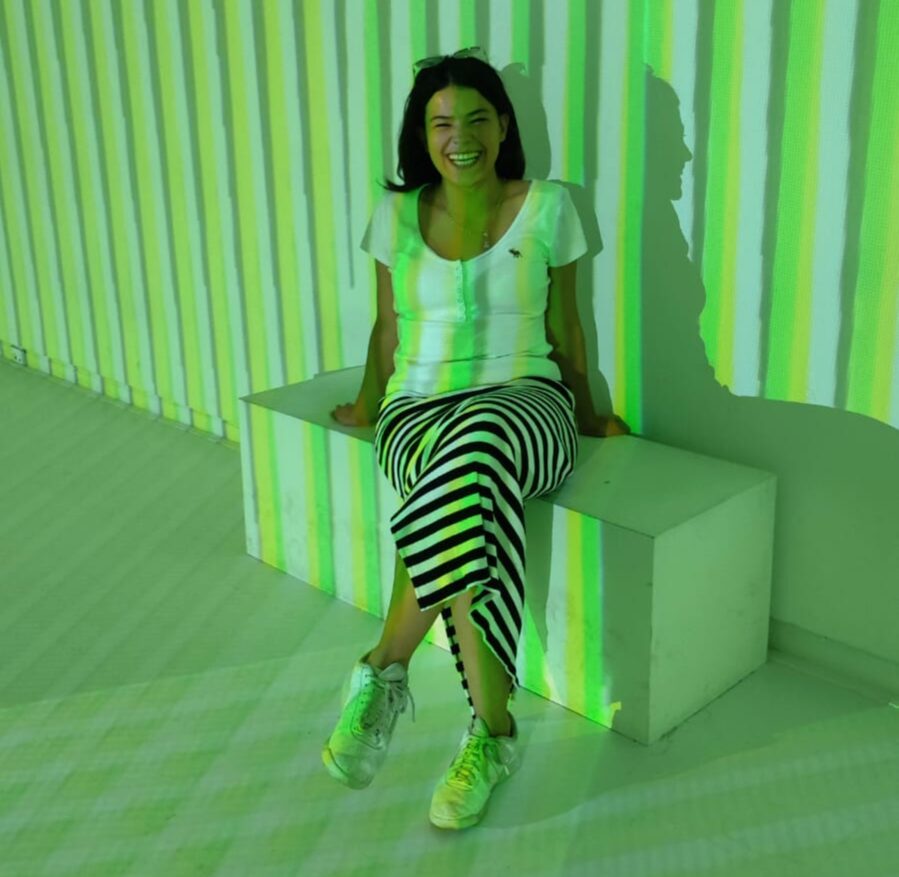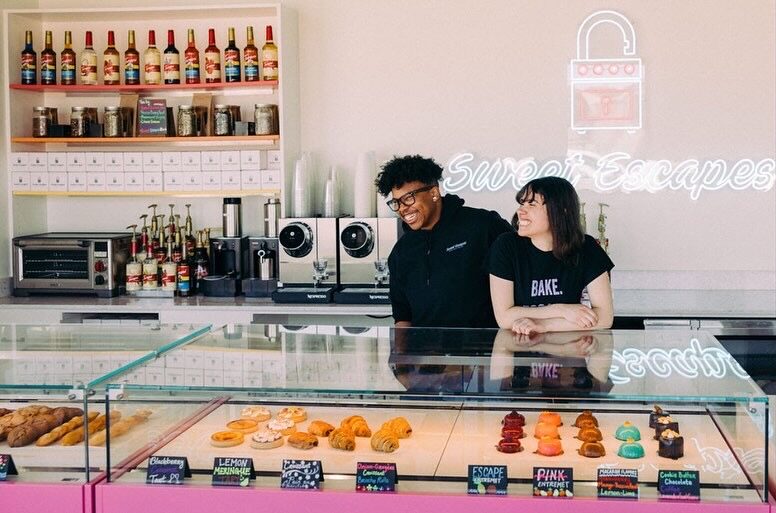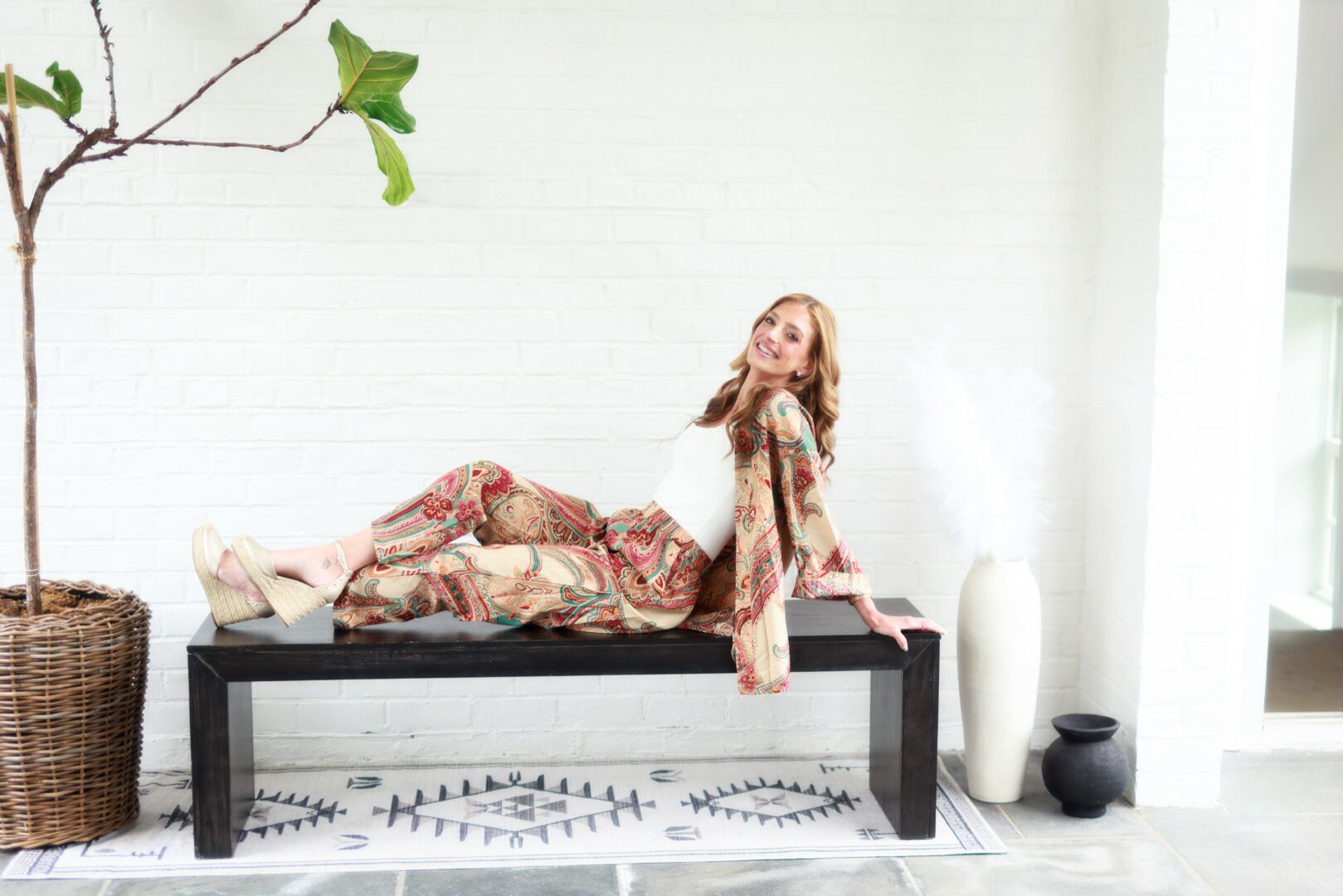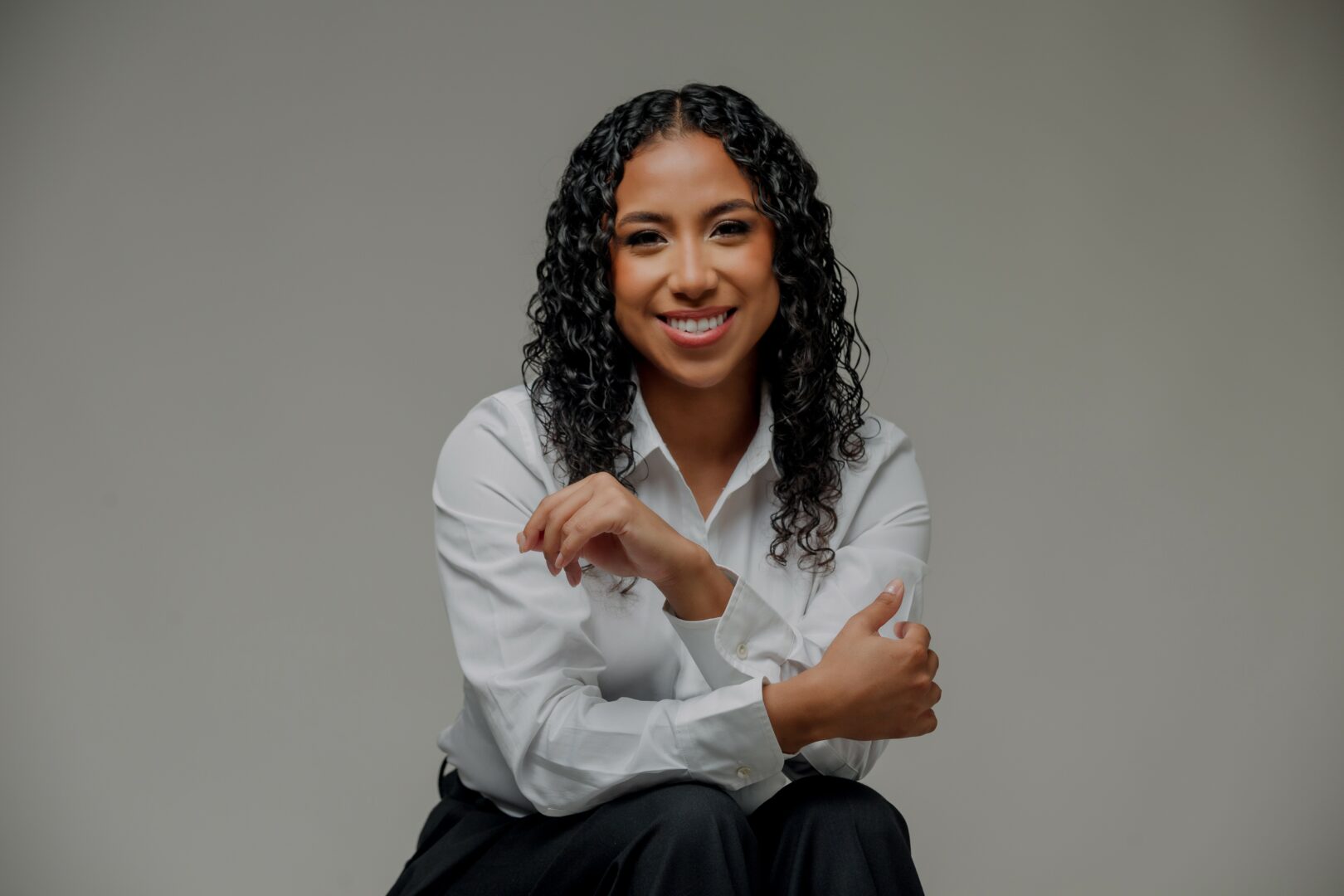We were lucky to catch up with Veronica Ramirez B. recently and have shared our conversation below.
Hi Veronica , really happy you were able to join us today and we’re looking forward to sharing your story and insights with our readers. Let’s start with the heart of it all – purpose. How did you find your purpose?
Finding my purpose has been a challenge, but I have always been drawn to the creative world. Art has given me a sense of purpose since I was a child; it has always been a way to express myself beyond words, allowing me to tell stories that connect with people and convey feelings they can relate to. When I was a child, I did not understand how art would become my life and how it would transcend from a passion into my career, my calling. When I discovered VFX as an art form that combines technology and innovation, I knew this was the place where I belonged.When I first started in the field, I completed an internship and then worked as a Junior VFX artist. I started by observing the Mid/ Senior VFX artist to learn how VFX works. Some of them had developed their own techniques, which allowed me not only to grow technically but also how to love this art. The more I created, the more I saw the potential not only to be part of something bigger but also to shape the visual language that would define how audiences experience a story. From seamless clean-ups to creating entire new worlds, as VFX artists, we can take people into new realities and make them believe anything.
What made me fall in love with my career purpose is that it is not only about the tech; it is how all of these elements come together to express ideas and emotions that connect with people on a deeper level. How can my art transcend from being an image to an emotion? Every project helped me understand how VFX could make stories that resonate with audiences in powerful ways; they also gave me a chance to refine my skills and push my creative limits.
My purpose as a VFX artist is never to settle, but to evolve with my craft and continuously improve artistically and technically. The Visual Effects industry is constantly changing, and I want to grow alongside it, ensuring that every project I work on leaves a lasting impression on me as an artist and on the audience who experiences it.

Appreciate the insights and wisdom. Before we dig deeper and ask you about the skills that matter and more, maybe you can tell our readers about yourself?
I am a Visual Effects artist with a focus on compositing. My story starts when I decided to pursue my bachelor’s in Communication with an Emphasis/minor in film. I obtained this degree from Javeriana University in Bogota, Colombia. While studying for this degree, I interned at a post-production VFX company, Mostaza 3D Films. This company helped me realize that I wanted to be a VFX artist. It allowed me to learn from people who had been in the industry. This company decided to hire me as a Junior Visual Effects Compositor.
I had the opportunity to contribute to several remarkable series, including El Rey: Vicente Fernández, one of Netflix’s most-watched productions. The show became a significant milestone for the platform, surpassing 33 million viewing hours and reaching the number-one spot in multiple Latin American countries, among them Mexico, Bolivia, Chile, Costa Rica, Ecuador, Guatemala, Honduras, and Nicaragua, and ranking fourth in the United States, and won awards. I also worked on Pálpito, a Netflix series nominated for multiple awards. The show amassed over 52 million viewing hours worldwide and consistently ranked among the top 10 most-watched titles in several countries. Some of the other series I worked on were Mariachis for HBO, Entre sombras for VIX, and Democracia para Dummies.
Almost a year and a half later, I decided to go and pursue an MFA at SCAD. During this time, I worked with mentors from the advertising industry at companies like Harbor and The Mill. These studios work with brands such as Bulgari, BMW, Royal Caribbean, Pepsi, and PayPal. I also had mentors outside SCAD, such as Alyssa Zarate, an artist who has worked on massive productions like Spider-Man: Across the Spider-Verse. I was also selected to be part of the Next Generation Workforce, one of the top students in the US, nominated by my professors to have an industry mentor. I was one of the selected people, and I got to work with Bruce Nicholson, an Academy VFX winner.
After SCAD, I landed a job in a production and post-production company named Caravan. I completed another internship and am now working as a Visual Effects artist on the post-production side. I am creating amazing products, such as a music video for Needtobreathe and The Red Clay Strays called “Momma Loves Me.”, an advertisement for Bonafide and Target, a new small film for Heal The Bay, a collaboration between Crispin and Find Your Anchor, and so much more that will be coming out soon.

Looking back, what do you think were the three qualities, skills, or areas of knowledge that were most impactful in your journey? What advice do you have for folks who are early in their journey in terms of how they can best develop or improve on these?
Uff, it is hard to narrow it down to 3 skills, but if I had to choose, I would say the first and most important is Teamwork, because in this industry, you depend 100% on the people you are working with to make a fantastic product. Teamwork is about understanding the people you work with and their needs to do their work, but it’s also about being nice and making people feel comfortable working with you. Things get tense, and it is easier if you and your team are on the same page and like being around each other.
The second skill is listening. A lot of the time, we try to talk to prove our knowledge, but listening is the best way to learn from your coworkers and your leaders. Be observant of what is happening and how it is happening, then make your suggestions, but do not start talking without fully understanding what is going on or how things work. Listening will help you make fewer mistakes at work, and it will also help you embrace your errors because that is what makes you human.
The last one is: do not take things personally. The client is not criticizing you; they are just trying to make a better product. VFX is all about repetition until you achieve that desired result. So repeat and learn. Even if you disagree with the changes, your supervisor and client have more years of experience, so trust that they are not giving feedback to make you feel bad; they think the product can be improved.
Lastly, be yourself and embrace your art. Nobody can do art the same way as you do, so show your uniqueness to the world.
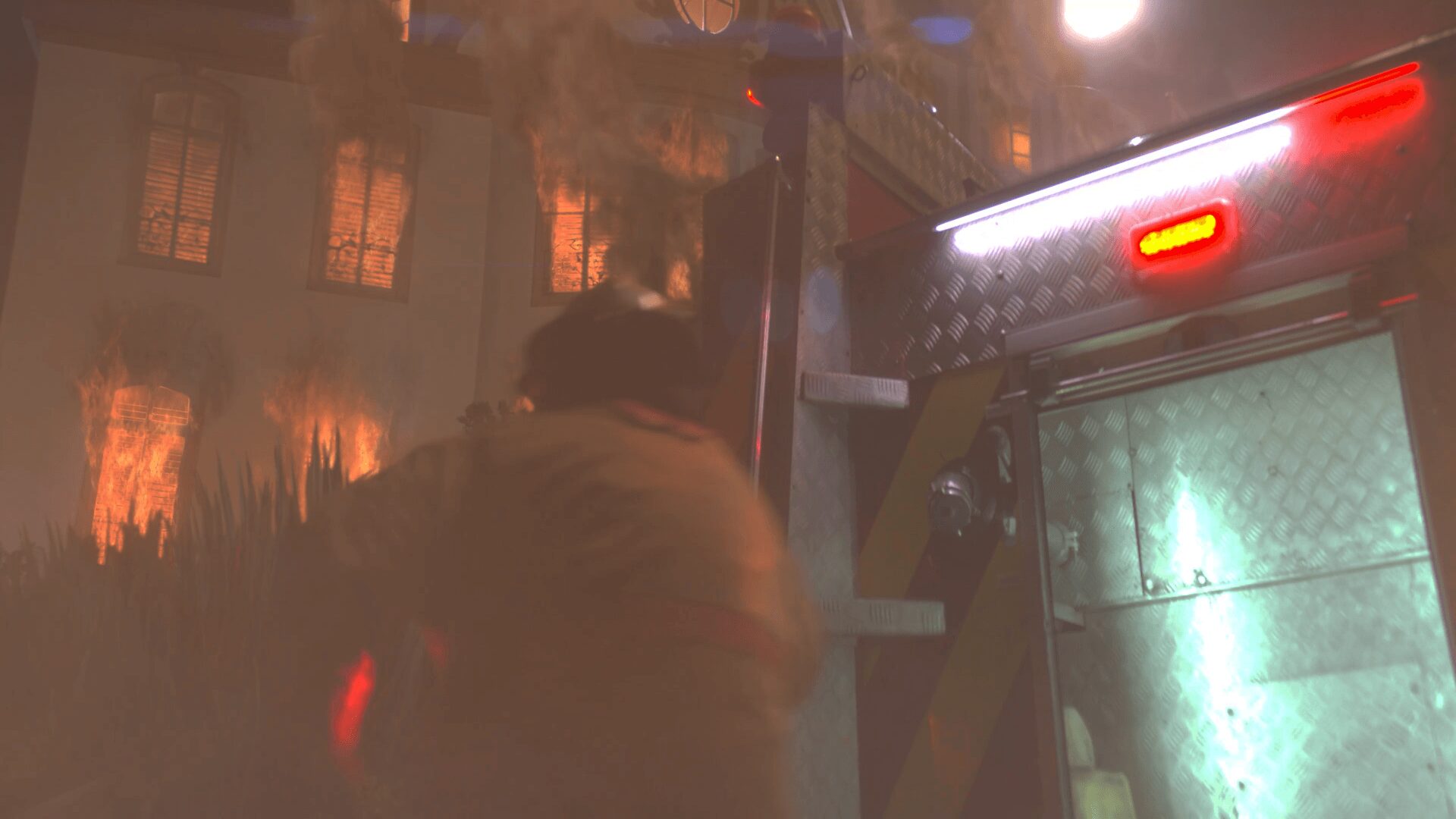
Looking back over the past 12 months or so, what do you think has been your biggest area of improvement or growth?
Over the past 12 months, I have grown professionally. I finished my Master’s degree, with research for my thesis, in which I examined how Magical Realism can be brought to film through Visual Effects. To prove my theory, I made a short film that shows multiple elements of Magical Realism, such as the Yellow Butterfly, which is a staple in the work of Gabriel García Márquez. This thesis is posted on the SCAD website, where you can find the short film and the written thesis.
I have also grown professionally as a VFX compositor. After graduating, I have been working at Caravan on multiple shots that have challenged my abilities as a VFX compositor, pushing my limits and embracing the growth that never ends in this industry. My team has always embraced and trusted me, which has made this a beautiful process. I am so excited to see what comes next and how to keep growing and raising my bar as a VFX artist.
Contact Info:
- Website: https://veronicaramirezb.com
- Linkedin: https://www.linkedin.com/in/ver%C3%B3nica-ram%C3%ADrez-6b678024a/
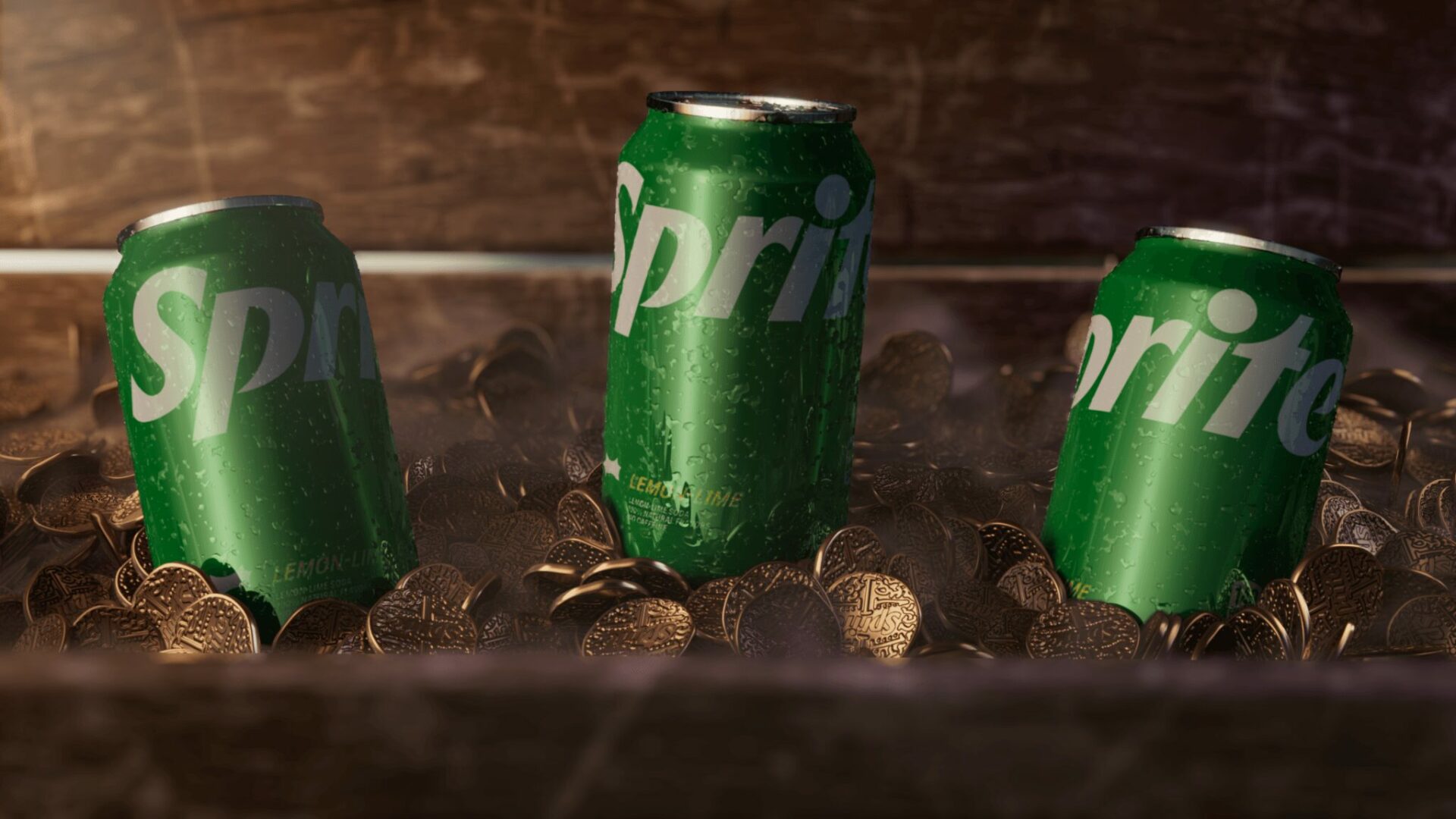

Image Credits
First 2 images: Team Mariposas de la eternidad
Thrid: Netflix original Footage – Pálpito
Fourth: Team Oasis
Fifth: Netflix original Footage – El Rey Vicente Fernandez
so if you or someone you know deserves recognition please let us know here.

